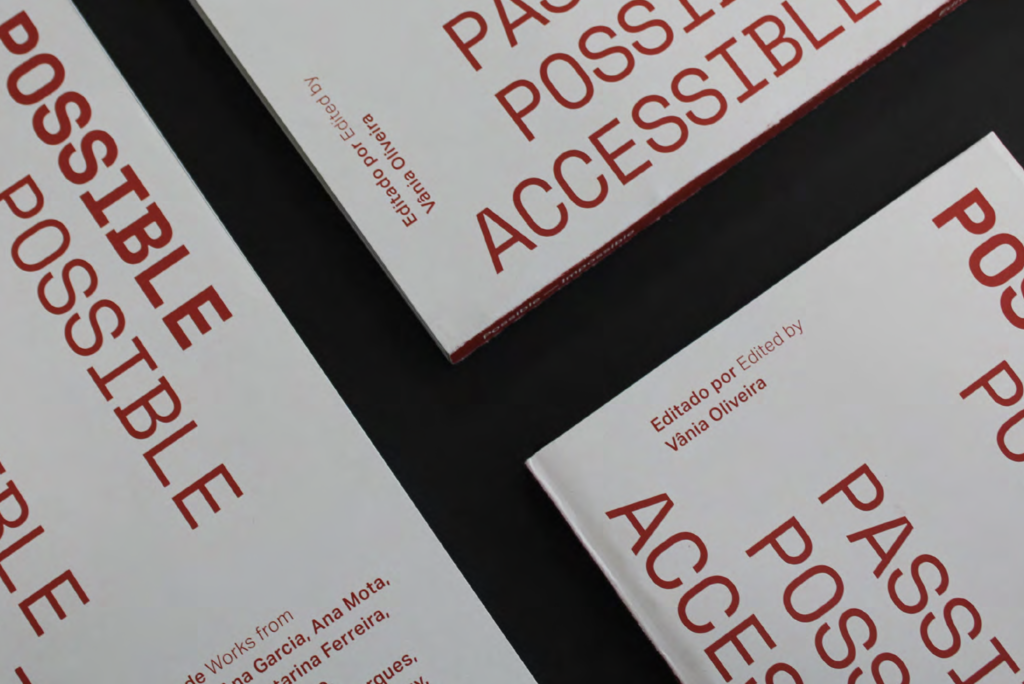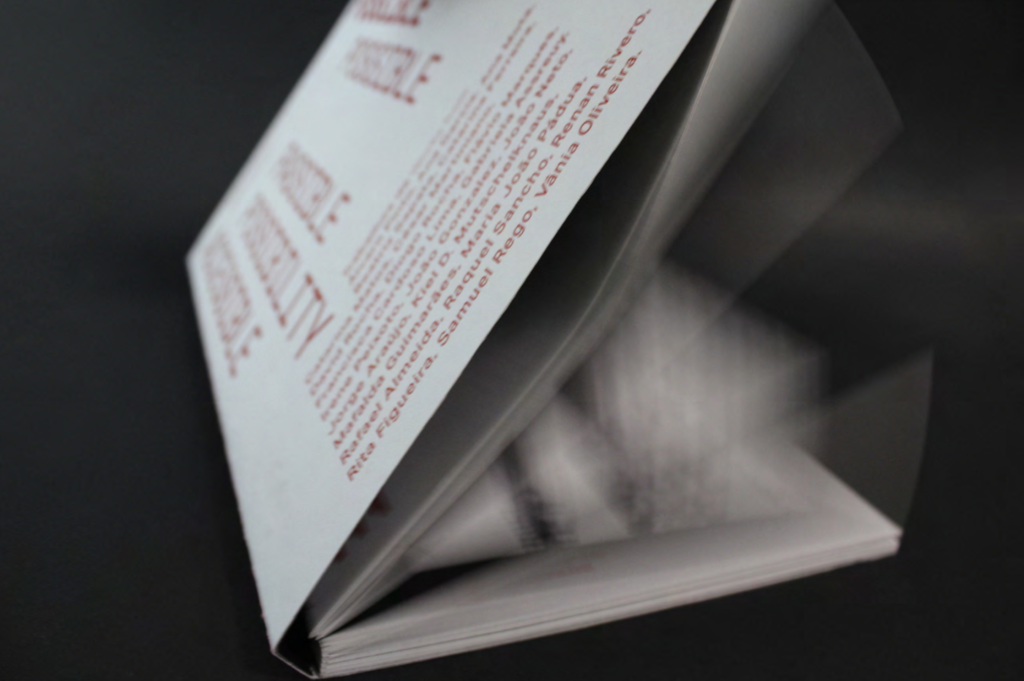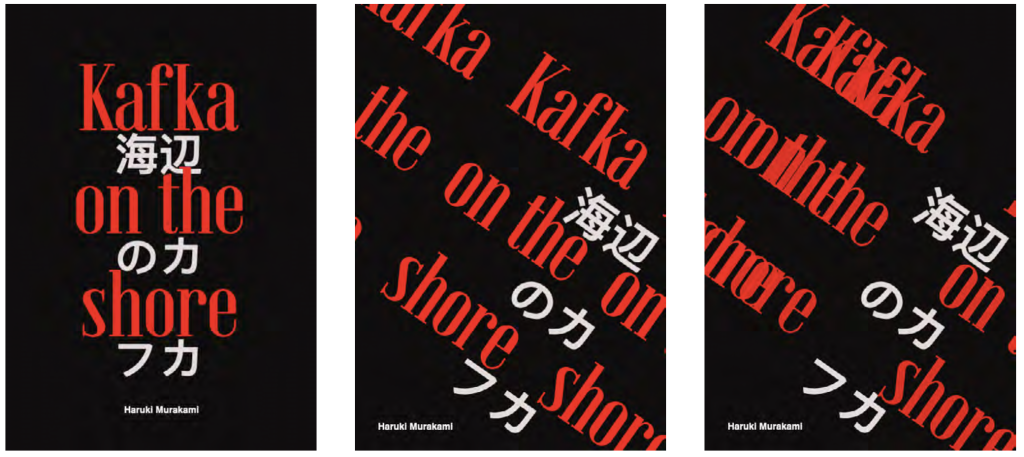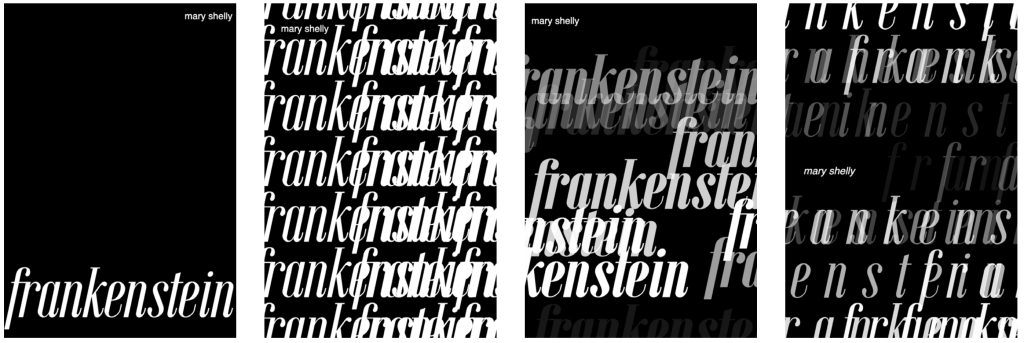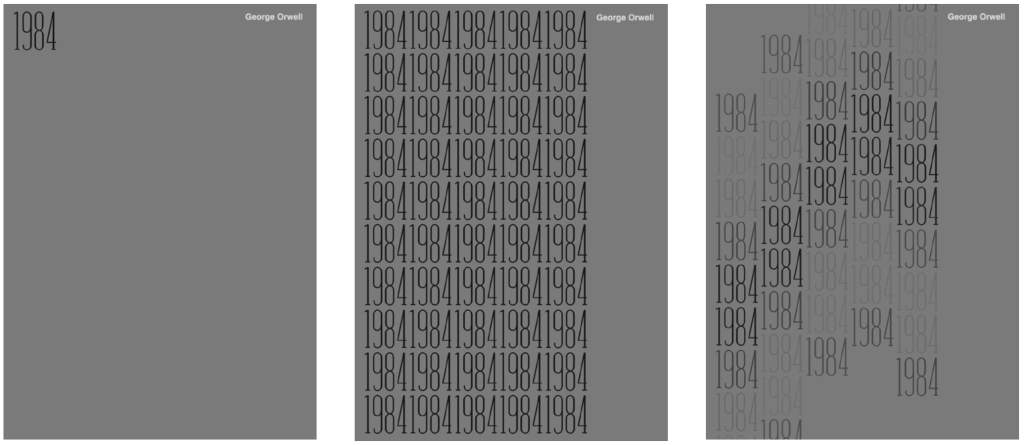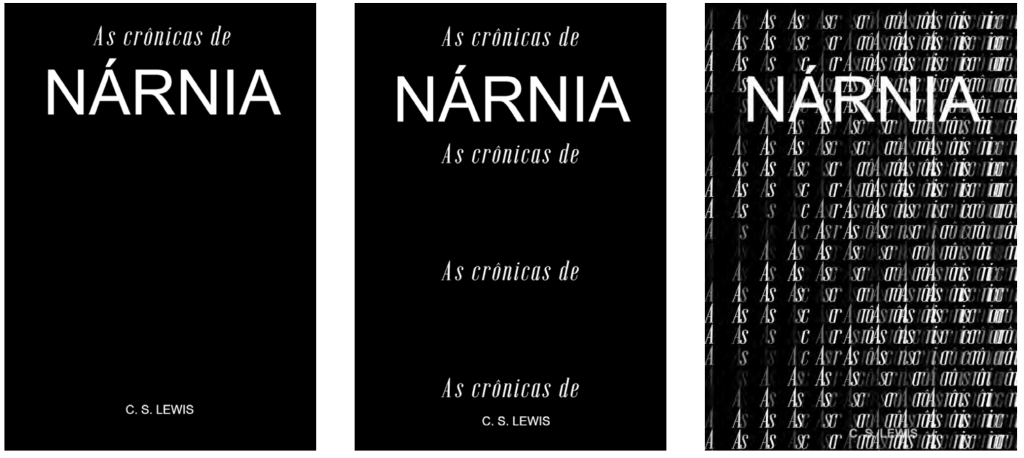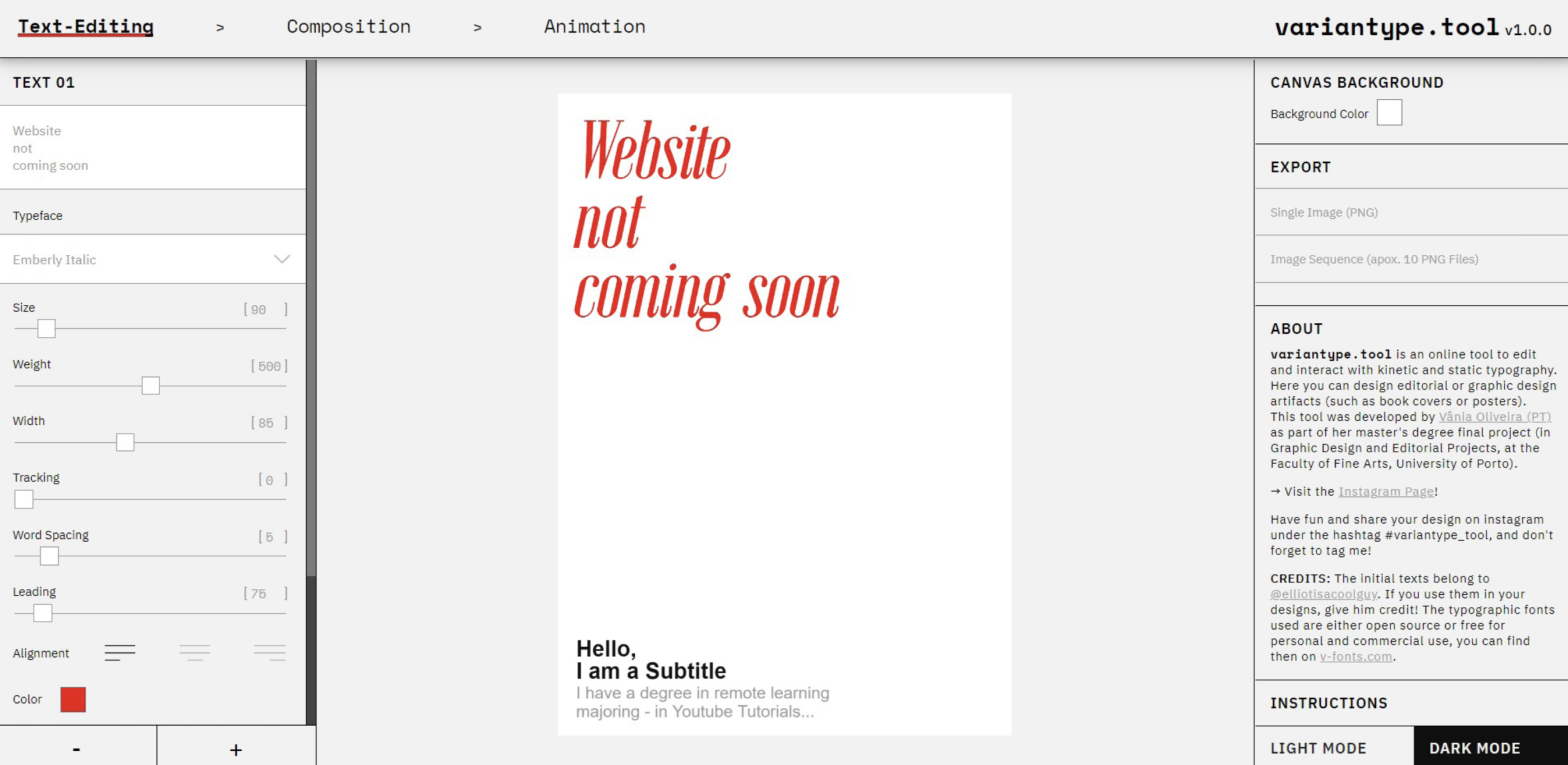The Creative Potential of Animation and Repetition in Editorial Design: Development and evaluation of a parametric tool for creating typographic compositions. A master research and development project by Vânia Oliveira, developed in 2020.

The evolution of communicative processes, as well as their supports and techniques, is a constant. Typography is no exception, as this process has undergone considerable changes in its production and consumption. Types and typographic compositions, once static and printed, are now animated and virtual.
The main objective of this project is to understand how animation and movement (intrinsically temporal characteristics) can influence the development of graphic objects for the editorial context.
To this end, we define the typographic dimensions and parameters of this context. We present a conceptual model of kinetic typography for editorial design focusing on four principles: Denotation and Connotation; Repetition; Behavior; and Mutation. We also analyzed three cases of the current context of Typography tools, namely by Mutschelknaus, Rodenbröeker, and Chung.
And we developed an online tool for creating typographic compositions using the p5.js library, where we apply the principle of Repetition of the proposed conceptual model.
Excerpt from the project report abstract
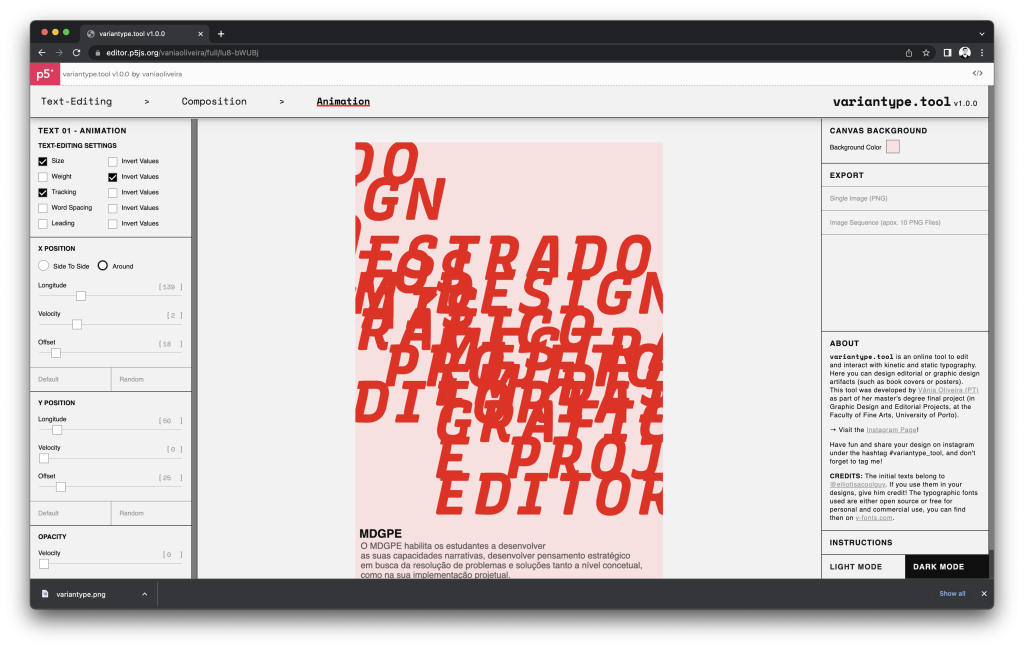
To achieve the stipulated objectives, we resorted to a qualitative, non-experimental development research plan. We designed, implemented, and evaluated the tool using the heuristic assessments of three specialists and interviews with designers, animators, and users. (…)
We conclude that, on the one hand, the participants sought to add a reading layer and expand or reinforce the dimension
Excerpt from the project report abstract
of the message. On the other hand, the parameters and principles were manipulated only from a more experimental perspective. However, the results obtained suggest that the exploration and manipulation of animation, the principle of Repetition, and the parameters present in the tool influence, accelerate, and help the creative process of the participants.
